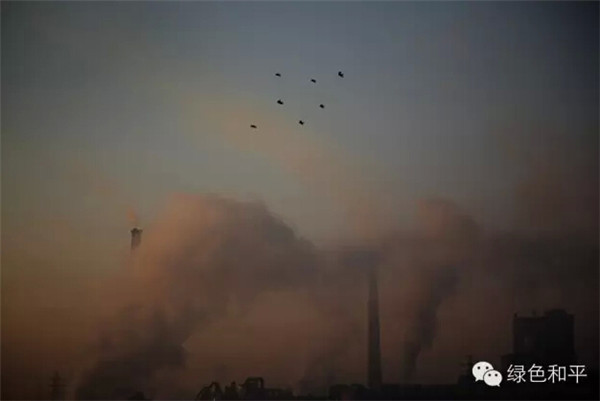Pollution in Gourd Island beyond imagination
china.org.cn / chinagate.cn by Wu Jin, March 12, 2015 Adjust font size:
Despite the zero emission reported in the official document of the Asia's biggest zinc plant on Gourd Island, northern Liaoning Province, the smoggy air and stinking sewage around the factory expose the falsity of the published figures.
|
According to the Greenpeace environmental protection organization, about 47.8 percent of the heavy metal components discharged in sewage in Liaoning Province are attributable to Gourd Island. [Photo/Greenpeace] |
According to the Greenpeace environmental protection organization, about 47.8 percent of the heavy metal components discharged in sewage in Liaoning Province are attributable to the island and the lead content of its air also far exceeds the permitted limit.
Despite having their protests aired by the State-run China Central Television and Greenpeace workers, villagers have found their numerous attempts to protest against the obvious and harmful pollution caused by the local factories, particularly the gigantic zinc plant, has produced no improvement.
The 90,000-square-meter zinc plant has been shrouded by suffocating smoke pouring from several tall chimneys. The production amid such a densely polluted air is still going on at an unrelenting pace at odds with the country's tightened control on pollution caused by the big manufacturing bases, Greenpeace reported.
The level of heavy metals in local water, such as lead, zinc and cadmium, all exceed the standard and can also be detected on river banks. The zinc plant is not the sole chemical manufacturer that produces poisonous components. The pollutants discharged from negligible pipes in other rivers can also be spotted from the smoggy acrid emissions.
According to an unnamed villager, nobody cares about their devastating living conditions even though their village has been listed as one of the significant cancer centers in China. The factories temporarily suspended operations after being exposed by the CCTV, but they soon resumed production without adopting any countermeasures against the pollution, the villager claimed.
Greenpeace submitted their investigative reports about the pollution on Gourd Island to the government. However, they have not yet received any response.
Since the ratification of the new environmental protection law in China early this year, several chemical giants, such as Chongqing Ziguang, Hualong Thermoelectricity and the Shandong branch of Aluminum Corp. China Ltd., were punished for their insufficient anti-pollution measures.
